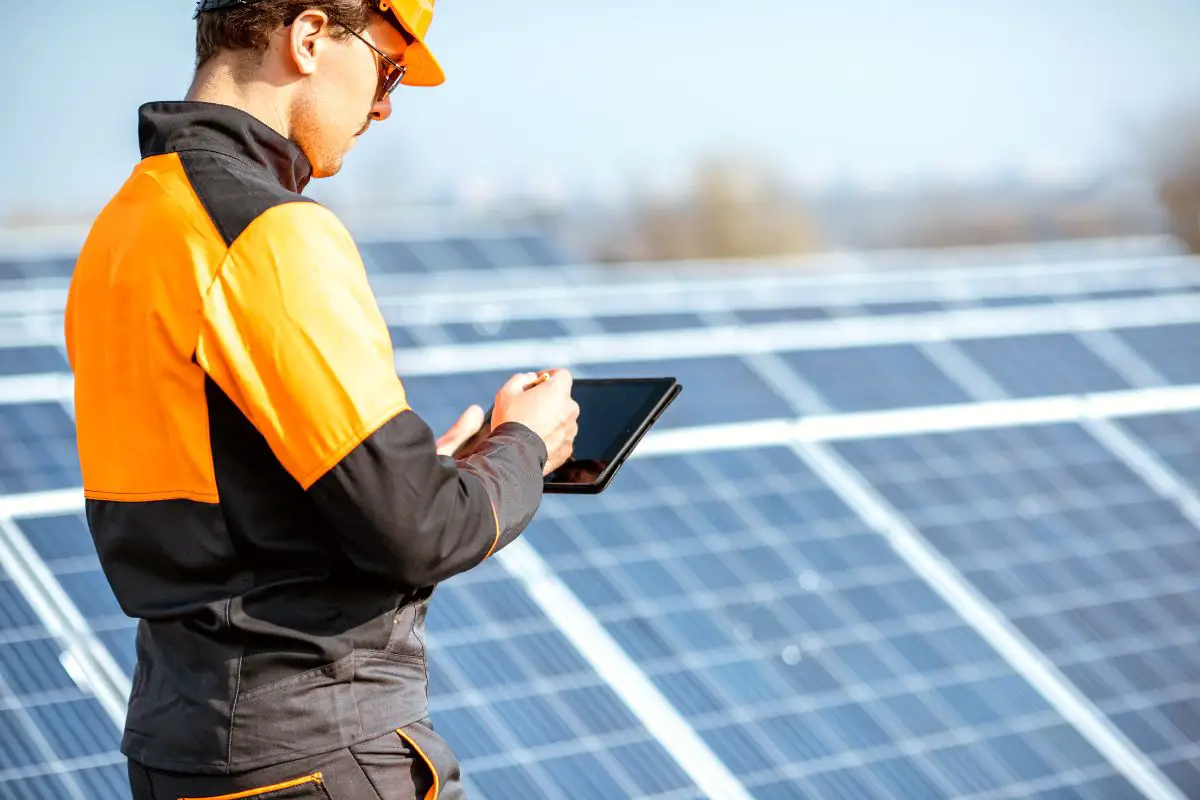11 Common Solar Panel Problems (+ Fixes): All You Need to Know
Solar panels are hot (often quite literally!), they save you quite a bit of money and may even earn you some, and are a step towards a lower carbon future. They are low maintenance, super long-lasting – and that’s not even all the perks they have. Until a problem occurs.
Well, no one is perfect!
Generally, good-quality solar panels and equipment are unlikely to give you much headache. But if they do, you have no choice but to identify and fix them without delay.
So, here’s a look at some common solar panel problems and ways to prevent – or fix them.
Common Problems with Solar Panels
One thing is clear. While most of the problems are technical in nature, others will entirely depend on YOU.
Take, for example, the issue of some users considering solar panels as being visually unappealing. Now, aesthetics is one sacrifice you might have to make for the sake of the environment. Moreover, the new generation solar panels are better designed than the older ones. Not to forget, solar panels can improve the appraisal value of a home by a significant amount.
The same goes for the issue of your power bills being high even after solar panel installation. That is a completely different topic that warrants a separate discussion (see our earlier article).

Other than that, the most common technical problems with solar panels can be classified into the following categories.
- Common panel defects related to degradation and aging
- Solar panel installation problems and related roof issues
- Problems related to the inverter and other electrical issues
- Solar panel disposal
- Solar panel warranty
Solar Panel Defects and Damage Issues
There are some types of damage that you can physically observe on solar panels. The most common ones are micro-cracks, hot spots and snail trails.
1. Micro-Cracks
I’m not only talking about teeny tiny cracks that are caused by rough weather beating. Micro cracks are a form of degradation that normally occurs in panels as they age. Unfortunately, even high-end panels may suffer from this type of damage in time.
The silicon cells that make up the panel undergo constant expansion and contraction due to temperature changes throughout the day.
Other environmental conditions also affect the thermal stress and mechanical forces acting on the panels. Just think of the impact of hailstones and snow loads on the fragile panel surface. This can lead to crack formation.
Beyond that, manufacturing defects, along with improper handling and transportation can result in crack formation. Be warned: never walk or kneel on solar panels.
Initially, these cracks are invisible to a common observer. However, they gradually expand and affect the panel performance by disrupting the energy flow. Once a crack is large enough the panel may need replacement. However, micro cracks can have varying effects. A panel with a small microcrack may keep generating the desired output and need not be rejected outright.
Methods like electroluminescence crack detection (ELCD) testing are used to check for microcracks. You can use module-level active monitoring to detect power drops from a panel and check for cracks.
Unfortunately, there are no specific ways to prevent micro-cracks. Choosing a reputable panel manufacturer and certified installer is the best way to prevent them.
2. Hot Spots
The current generated in a solar panel flows smoothly through the bond between the individual panel cells. But some panels may remain partially shaded which causes them to generate less power. Since most panel arrays are connected in series, these cells will have a lower voltage.
By the theory of electrical flow, this will draw more current towards the panel or these cells. As a result, the cells will heat up, leading to hot spot formation.
Hot spots are a major cause of low performance and module failures in panels that have been running for a few years. And in many cases, they are irreparable.
So, what can you do to prevent putting the panels on the (hot)spot?
Firstly, it is necessary to avoid localized shading on the panels. Next, keep the panel surface clean of dirt and bird droppings at all times.
Once again, buying top-grade panels will ensure that there are no internal design defects that may lead to hot spots. Some manufacturers are using a new panel design to prevent panel temperatures from rising due to shaded cells.
3. Snail Trails
If you see dark or brownish lines spreading across the panel surface, you have a case of snail trails. In most cases, this defect is a result of a combination of factors, including micro cracks.
Moisture seepage into the panel material from a crack can lead to a chemical breakdown of the EVA (Ethyl Vinyl Acetate) material. This leads to panel discoloration. In fact, moisture seepage can cause internal corrosion and delamination of components.
The rate of panel degradation from this cause depends on environmental factors. Snail trails not only make the panels look hideous but reduce the electrical output as well. They can even generate localized hot spots on a panel.
The best way to prevent snail trails is to use well-designed panels with less phosphorus content and a good quality back sheet material. Beyond that, preventing the formation of micro-cracks is also necessary.
Solar Panel Installation Problems
1. Angle & Spacing
The most important aspect of solar panel installation is choosing the right panel angle. Unless this is done properly, the panels will not generate optimum output.
At times, setting up panels in the optimum orientation may not be possible due to the roof angle. That doesn’t necessarily mean the panels will underperform. Quite simply, you need an experienced installer who will suggest the best possible arrangement in your case.
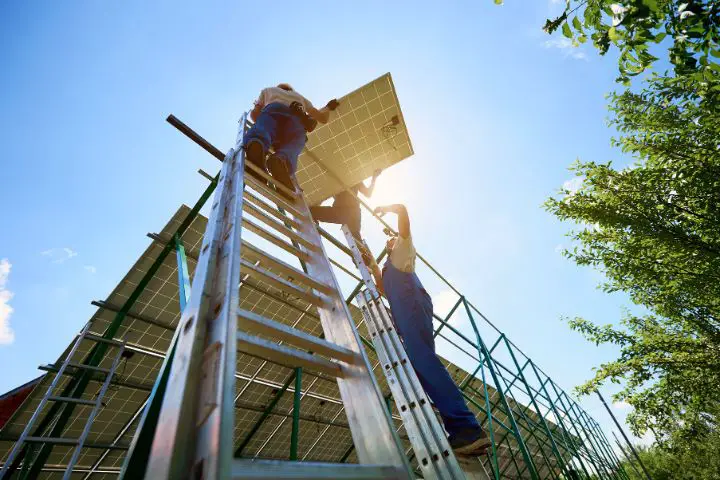
Proper installation with adequate panel spacing will ensure airflow around the panels. This will reduce the chances of the panels overheating and becoming less efficient. Keeping the panels free from dust and dirt also helps in preventing solar panel heat problems.
Most solar panels are fixed by using a photovoltaic mounting system. Unless this process of panel racking is done properly, the panels will not remain fixed in place. In time, even strong windows can move them out of position.
The other important point is to make sure that the installation is done by a professional team. (Even though it is possible to DIY the job, we don’t recommend it unless it’s a small, supplementary array.) Sloppy installation work can result in panel damage or cause damage to the roof itself. Careless teams can mishandle heavy tools or leave behind junk that can block the drain lines.
2. Roof Problems from Solar Panel Installation
Before installing solar panels on the roof, it is important to find out if the structure can hold the weight of the panels. And here’s the thing: some roofs are not suited for solar panel installation.
For safe installation, the structural integrity of the roof and its capacity to support the weight of the solar array should be analyzed. But even if you do not have the best roof type for installing solar panels, panel installation is possible more often than not.
The only thing is, proper installation is a must to prevent any chance of roof damage from solar panels. In reality, solar panels are not bad for your roof when installed in the right manner. Again, just make sure to use skilled professionals for the job.
Honestly, drilling holes and fixing heavy bolts in your roof to install solar panels does not sound good for the roof. However, the step is necessary to keep the panels secured. Expert installers will seal the holes in multiple ways to prevent water seepage and any other problems. For some roofs, ballast mounting is possible which does not need drilling of holes.
Solar Panel Electrical Issues
A damaged cabling or faulty inverter connection in the panel system may not sound critical, but trust me, they are. Make no mistake about it: heat buildup due to damaged connections can lead to a fire in your home.
1. Wiring And Connection Faults
The multiple components of a panel system are connected together by cables to function as a unit. A broken wire or loose connections can not only reduce power output but can be a fire hazard as well.
Besides, adverse weather conditions can have a negative effect on the soldered interconnections. On top of that, there are the usual miscreants like corrosion, oxidation, and UV damage.
If you haven’t noticed this already, at the back of each panel is a junction box that helps in conducting electricity. In time, dust and moisture can get into the box and cause short circuits.
I would suggest that you invest in high-quality wires, connectors, and junction boxes during installation. That will reduce the chances of weather-related damage. A professional installation is the best way to prevent electrical issues in the solar array. Periodic inspection of the system will help in identifying any connection faults before the damage worsens.
2. Inverter Issues
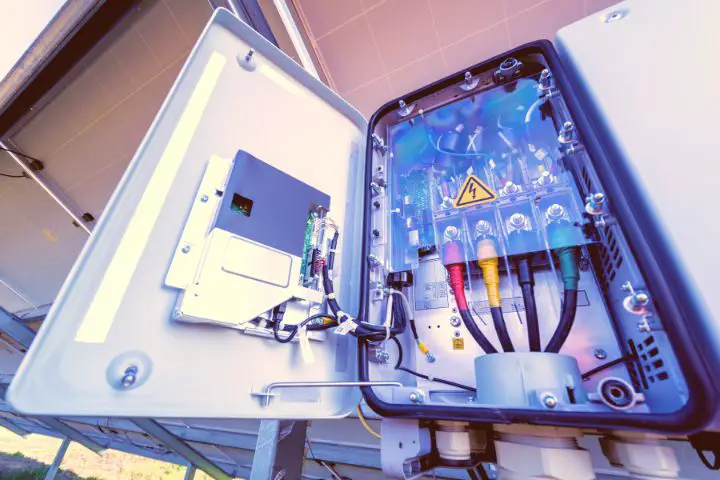
Without a doubt, the inverter is an important component of any panel system. And its complex functioning can lead to various types of solar panel inverter problems. Check out some common ones.
- In some cases, faulty installation of inverters can happen. This can involve incorrect connections or incorrect inverter programming that can interrupt grid connectivity. Make sure to use a reliable solar installation company for inverter installation.
- Overheating of the inverter can lead to significant power loss and lower efficiency. To prevent this, the capacity of the inverter should be matched correctly with the panel array. The inverter should have a proper cooling or ventilation system to minimize heat generation.
- Quite often an inverter can report an isolation fault, which is a short-circuit in the cables. This happens due to poor connections or moisture in the cable sleeve. Such an issue can generate high voltages across the system which can be fatal.
- Most inverters use a Maximum Power Point Tracking (MPPT) algorithm to maximize the power output. Any error in establishing this algorithm properly can lead to inverter issues.
Whether the problem in the inverter is simple or complex, it will affect the power generation in some way. It’s best to use a solar monitoring system to track inverter performance. Keep an eye out for any alerts or red lights that indicate inverter problems. In case of any issues, get in touch with the inverter repair service immediately.
3. Solar Panel Battery Issues
If you are using batteries to store solar power, you might face a number of issues with them. Since solar batteries are expensive, you need to know about the common battery challenges and how to fix them.
Firstly, many users find the batteries draining too fast. This can be due to inadequate charging or leaving the battery discharged for longer periods. Using a battery without a charge controller can cause power loss. Operating the batteries in high temperatures can also lead to quick discharge.
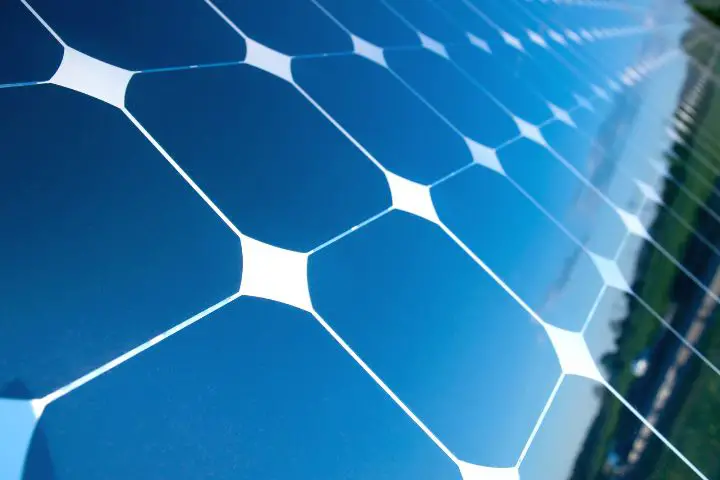
Now, some appliances can keep drawing power when they are in standby mode. This type of parasitic draw can drain the batteries faster. Beyond that, increasing the load without increasing battery capacity can cause quick battery discharge.
At times, solar panel owners may find the batteries not getting charged – a frustrating problem. There can be many reasons for this. The most common reasons are faulty panel setup, issues with the charge controller, or internal problems with the battery. Each of these issues has separate solutions and you need to contact the system installer for a fix.
Like all solar components, a battery will face aging degradation and there is not much you can do about it. Make sure to choose a battery with a high warranted lifetime and ensure proper battery maintenance.
Other Issues You May Have
1. Solar Panel Warranty Problems
Honestly, many buyers are left scratching their heads trying to understand the policies related to the product warranty and the performance warranty of solar panels. And if you neglect the small print while buying, your future claims may not get settled.
The product warranty covers quality issues, manufacturing defects, and component failures. It is best to get a warranty from a single manufacturer for all the system components.
The performance warranty covers the electricity output of the panels over their lifetime. The energy-production warranties are more effective with leased or PPA systems. Beyond that, there can be an installer workmanship warranty to cover installation-related issues.
Not to forget there are loopholes in the solar panel insurance policies too. For example, improper panel installation, failure to do maintenance as instructed, or exposure to harsh chemicals can void the panel warranty.

In addition, connecting inappropriately paired equipment with the system can void the warranty. It turns out, damage caused by weather or accidents is not covered in most cases.
The fact that the best solar panels come with a 10-year product warranty and a 25-year performance warranty sounds reassuring. But that begs the question – will the manufacturer remain in business after 25 years?
The best way is to look for a reliable solar company with a solid reputation that stands by its products. Beyond that, you can choose a homeowners insurance policy for additional panel protection.
2. Solar Panel Disposal Problems
The truth is, disposing of or recycling solar panels is not an easy task. Nor are the practiced methods eco-friendly in nature. On the contrary: the common methods of disposal can lead to soil contamination.
Moreover, recycling solar panels is not an economically viable task in most cases. As a result, solar recycling companies are not found in all locations across the globe either.
The good news is, if you have installed solar panels recently you need not worry about panel disposal in the coming decade or more. Hopefully, policymakers will be more aware of the issue by then and more effective panel disposal methods will come up.
3. Solar Panels Glare & Reflection: Busting the Myth
Now, there are some common solar panel problems that are actually myths and not actual issues. Take the case of solar panel glare problems. While solar panels do reflect some amount of light, the glare is unlikely to bother your neighbors – or anyone for that matter.
The reason is simple. The panels are designed to capture the maximum amount of light and minimize reflection.
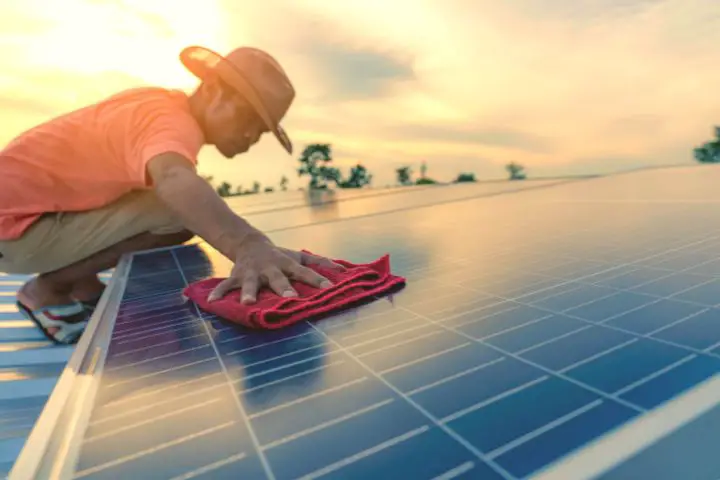
Firstly, solar panels have an anti-reflective coating to maximize light absorption. Besides, the panel surface is not perfectly smooth but has small indentations to reduce reflection. In fact, studies indicate that PV panels reflect around two percent of the incident light which is similar to water surfaces. So, they will generate less glare than a glass window pane.
So, unless your neighbors are staring at the panels from the top, the chances of them getting affected by rooftop panel glare are really low. Rather, the warm sight of the sunlight bouncing from the panels can inspire them to embrace the technology too.
Final Thoughts
So, these are some common solar panel problems that may trouble users. Clearly, investing in good-quality solar panels and equipment and using professional installers can go a long way in keeping your solar panel system trouble-free.
Perhaps you still don’t fully believe in the game-changing ability of solar panels but are slowly warming up to the idea. Then let this article not discourage you. After all, the chances of you facing any of these solar panel issues are not so high.

